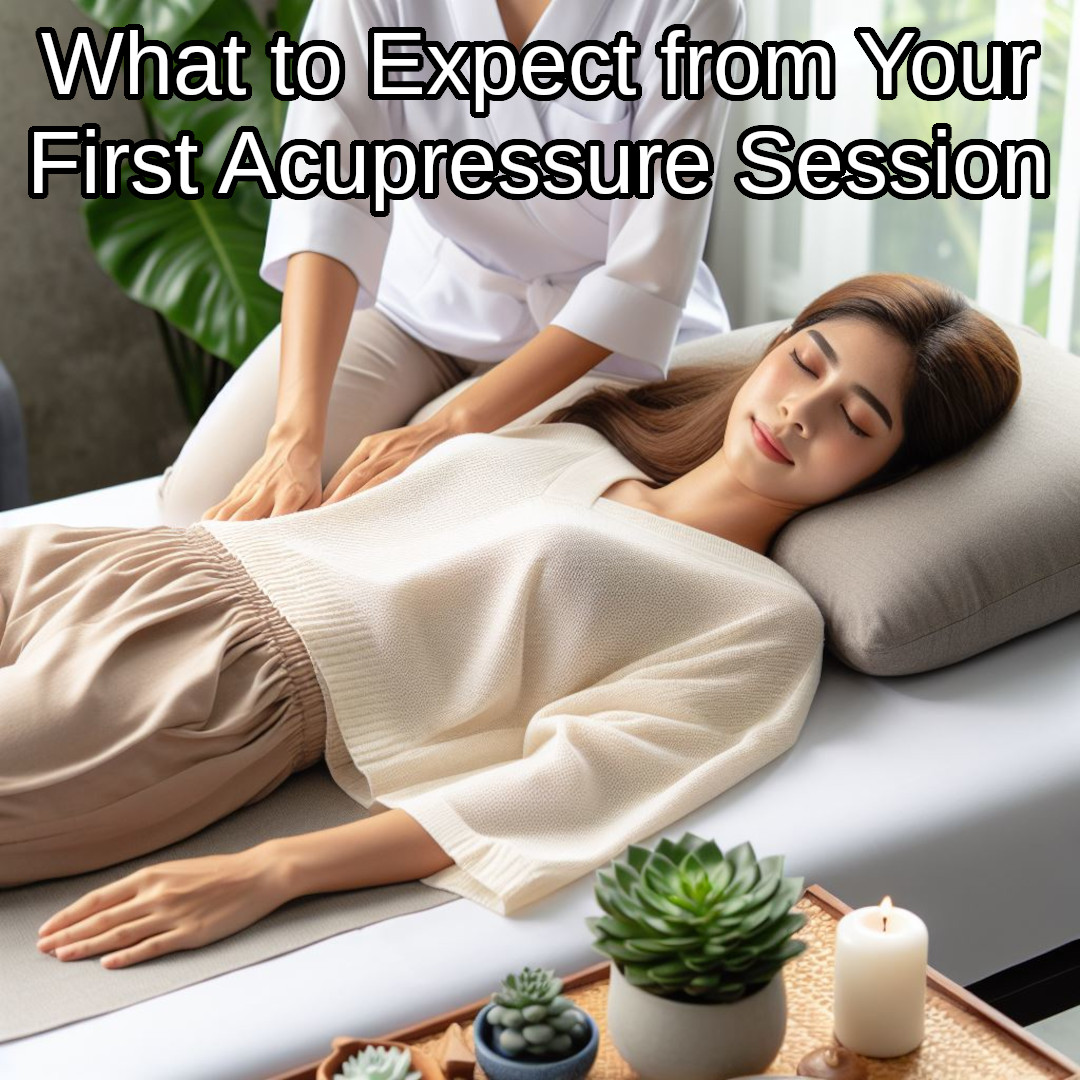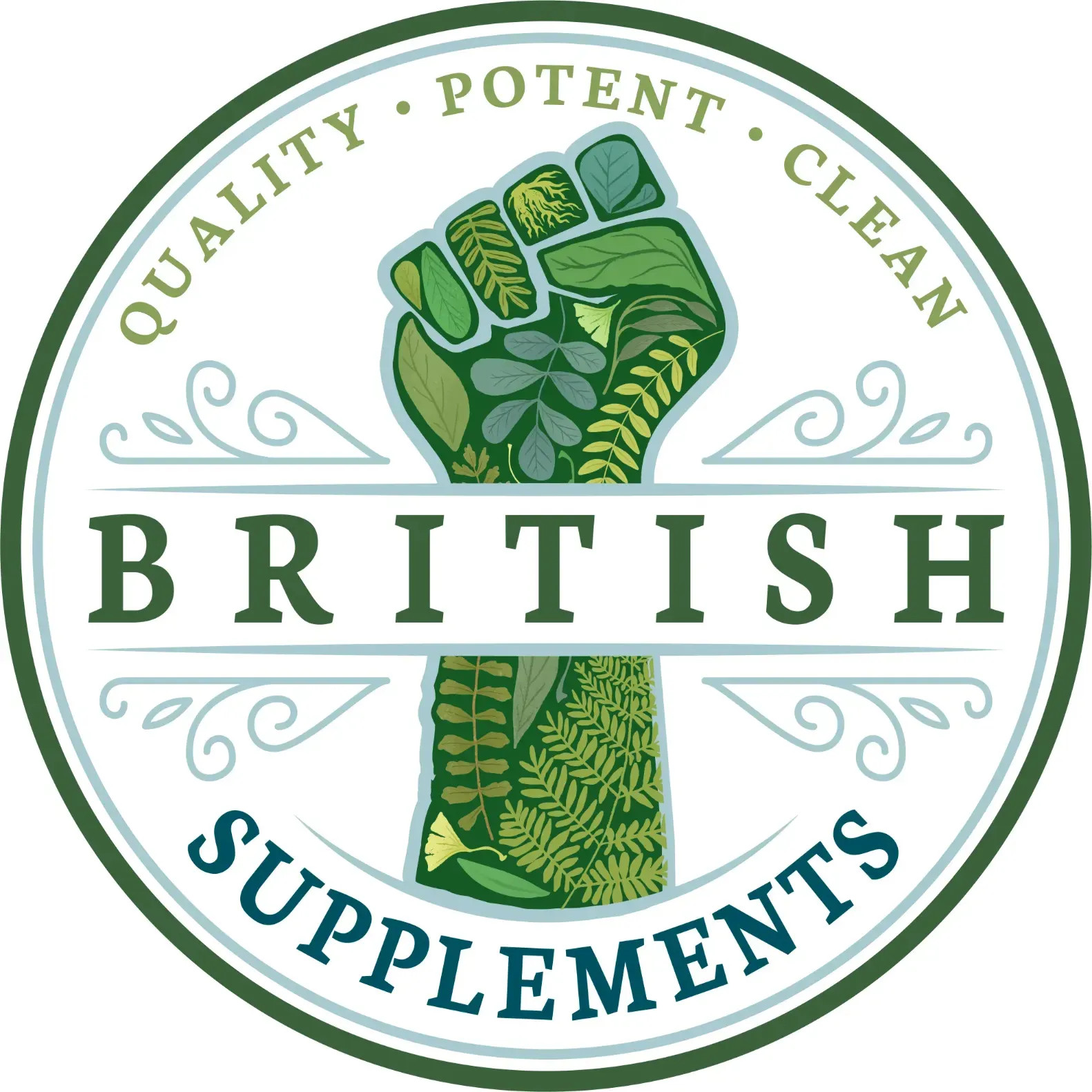

Acupressure is essentially acupuncture without the needles. It's a non-invasive therapy where gentle pressure is applied to the acupuncture points in order to balance the energy flowing through the meridians.
You will not be asked to undress beyound your personal level of comfort, as pressure can be applied through light clothing.
Talking to some previous patients or asking people if they know the therapist can also be reassuring.
Try to tell the therapist about your expectations and see if he or she can give you some goals for the treatment. This will help you recognize the achievements of your first acupressure session and, therefore, promote a feeling of success and satisfaction. If you already have a good relationship of trust with the therapist, you will be better able to relax.
Acupressure is an natural therapy that is part of traditional Chinese medicine.
It is based on applying simple pressure to certain points on the body to treat illness and promote general well-being.
Knowing what to expect from your first acupressure session can help you stay relaxed during the appointment,
thus gaining all the benefits of this traditional therapy without feeling stressed.
After the session, you should experience some pain relief, less anxiety and stress, less muscle tension,
and improvements in your general well-being. However, to achieve all of this, it is certainly important to
trust the therapist and the treatment and follow a few tips that will help you to relax.
Some Benefits of Acupressure
This practice should not normally hurt although occasionally if an inexpreienced therapist
works too close to a bone, or use excess of pressure, it may irritate or bruise the tissue. Fortunatly problems like this are rare.
Uses of acupressure.
The advantages of performing acupressure on the body are varied.
Acupressure can also harmonise the energy of the body, reduce the recovery time of sports injuries, and relax the tissues. It is also a therapy used in many cases to reduce pain or stress-related conditions. Like many other relaxation and massage techniques, acupressure is safe if practiced by individuals who know how to do it.
What Will Happen During Your First Acupressure Session
It is common for a trerapst to beguin the session by taking you pulse on each side of your body.
This step helps to evaluate where blockages in your energetic system may exist.
Often 12 or 24 propagation patterns are assessed.
This helps to locate the source of whatever issues you may be presenting with.
This allows the therapist to witness the progress of a session, fine-tune the locations of the points
and the sequences done, and how to engage the client.
After this initial proceedure, most first sessions will happen as follows.
After an initial conversation where you talk over any health concerns or personal issues,
that you feel comfortable sharing, you lie down on your back on the treatment table, bed, or couch fully clothed.
If there are any parts of your body you don't feel comfortable having pressure applied to, now is the ime to tell the therapist.
Please don't complain afterwards if you fail to speak up now.
Consultation and Assessment
Similar to acupuncture, this review will not only help the acupressure practitioner to identify your mental,
emotional, physical, and structural restrictions in your body, it will help the conversation stay on track,
produce rapport, and help the professional and the service user feel comfortable with one another.
Typically, a first acupressure appointment will be for an assessment. This description is to give you an
illustration of the session you are likely to experience. It is not unusual for the practitioner to begin by
obtaining background information about you. You may be asked questions about the different systems in your body,
some general questions about your lifestyle, and then specific questions about each of your acupuncture
meridians.
When your therapist moves a body part, such as your big toe, it's to relieve stress, not increase it.
Because stress and tension affect our memory and our body, a person may forget how to relax or the muscles
that seem so tight. You may need some guidance to loosen the tension, as the therapist tilts your head back
to find a comfortable way of straightening your posture. The effects of acupressure are predominantly holistic,
and there is no one right way or time to have a session. However, to understand how it feels to "receive,"
it is best to treat yourself by receiving a treatment session. It is a bit like trying Indian food for the
first time. A friend can recommend an exotically flavored dish, explaining the flavours, but until you taste it,
you can't truly grasp the whole experience.
The Treatment Process
At the end of the session, your therapist may suggest any lifestyle modifications that could help you move forward.
These can be temporary, for just this week perhaps, or for a more extended time. These will not normally
involve a large degree of effort, but rather tweaks to help encourage your body to more quickly realise
the benefits from today's session. You will also be invided to book your next appointment if needed.
Acupressure Techniques Used
There are different types of acupressure and different techniques that may be used during an acupressure session. Body: Designing one sleeve may be implemented, there is a proper installation along the correct flow of acupressure points. A practitioner can massage your body and different portions of the entire one. Auricular: It massages your ears only. Like the body massage technique, a practitioner uses his finger to sense the right acupressure points along your ears. However, auricular massage can be experienced in combination with body auricular massage. Indeed, there are over two reflexology points in an individualized ear frame. He should take around 180 different acupressure point magic you. There finds and two points in her singular ear they would feel narrowed in, stiff, or tender. Polarity: supposed to consult both an energy current. Ball is a light application of pressure throughout a large part of your body. QPoint, which is localized and simply a small area of your body area about the size of a dime, should help with pain, there is no pressure. Reflexology: The practitioner will massage and reference the opposites and advantages on the body such as hand and feet. The reflexologist statistically maps out all the various reflexology points in your feet, hands, and ears. Generally, the feet zone completely reflexology map related to the body, and all its had zone respective organ, muscle, blood circulation, and other body systems your ear the body of that help.
Your therapist will consider physical as well as non-physical factors that could be contributing to your
dis-ease. These can include your lifestyle, area or environment that would have contributed to the same,
and emotional factors or stress as well as what activities keep you emotionally stable.
This process helps open up the pain flow and allow energy/blood/oxygen to travel more freely through the body.
It also activates the body's limbic system which produces endorphins, stimulates the nervous system, calms,
and regulates our emotions or physical pain perception. The release of any blockage of qi /chi / prana could
help keep your body stress-free and even open up the body's self-healing systems.
Aftercare and Follow-up
Someone’s first acupressure session can seem somewhat intimidating due to the uncertainty surrounding the
actual process of the treatment. Keep in mind that everyone is there to help you and ensure a positive
experience. Relaxation is an important part of acupressure. Schedule a time for your acupressure treatment
when you’ll have the opportunity to relax and unwind completely. Avoid making any demanding plans immediately
after your appointment. You can also enjoy a short stroll or some gentle yoga. Use deep,
diaphragmatic breathing during treatments, or practice mindfulness meditation. This involves paying attention
to your feelings and thoughts while focusing on deep breathing. A specific technique known as diaphragmatic or
abdominal breathing is encouraged during an acupressure treatment to encourage relaxation.
Injuries can be counterproductive to the benefits of acupressure. The body can naturally heal and relax
while in a restful state, allowing the nervous system to recover and restore any troubled areas.
It’s also important to drink clean water after an acupressure session to help clear away the toxic substances
your body just released. It’s common to experience soreness and sensitivity near the areas you received
acupressure, but these symptoms will generally fade within a few days.
Your therapist may advise you to avoid deep pressure in the affected areas to avoid making existing soreness
and bruising worse, or to take a day off from swimming or gym workouts. Your body just underwent a
substantial period of healing and rejuvenation, so it’s important to listen to it and allow yourself to
recover. Your body will thank you! Although this method is generally quite safe and effective when done by a
trained professional, not all patients are good candidates for these treatments.
Acupressure should be avoided if you are pregnant, have a tendency to bruise easily, have chronic lymphoma,
a blood disorder, or active tuberculosis.
Advertisement
